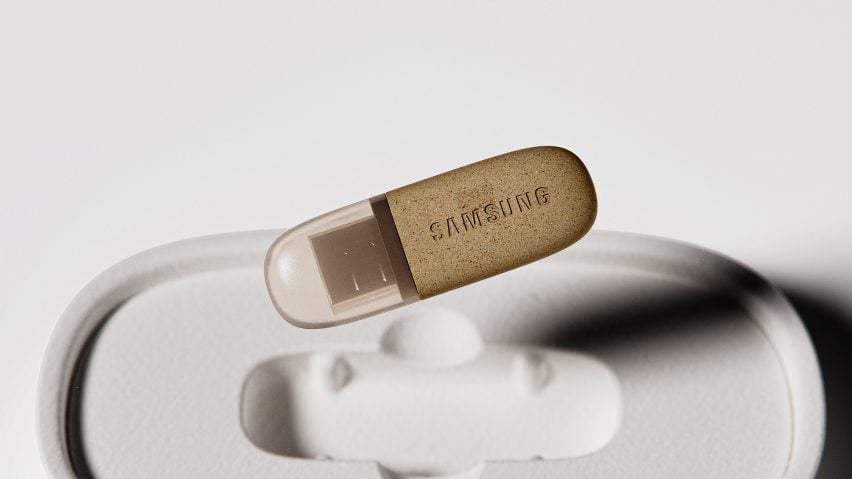
Eleven innovative designs shortlisted in Dezeen and Samsung's Re:Create Design Challenge
Wearable health trackers for pets, AI-powered clip-on cameras for the visually impaired and a wildfire detection system are among 11 designs shortlisted in Dezeen and Samsung's Re:Create Design Challenge.
Entrants from more than 45 countries around the world entered the contest, which challenged participants to come up with creative ideas to repurpose old Samsung devices or materials and transform them into new products or services.
The competition came about as part of Samsung's ongoing efforts to make its business more sustainable. It sought to discover innovative new concepts that improve people's lives in meaningful ways and have a positive impact on the planet, using old Samsung devices or materials.
The finalists were determined by an expert panel comprising Dezeen editors and design professionals who were looking for creative ideas that have a positive social and environmental impact, propose meaningful solutions to people's lives, and resonate with the lifestyle of Samsung consumers.
A total of 11 designs have now been shortlisted and are in the running for a share of the £18,000 prize pot. The finalists will be revealed in October.
The winner will win the top prize of £10,000, while the two runner-ups will receive £4,000 each.
The shortlisted entries are listed below in the order that they were submitted.
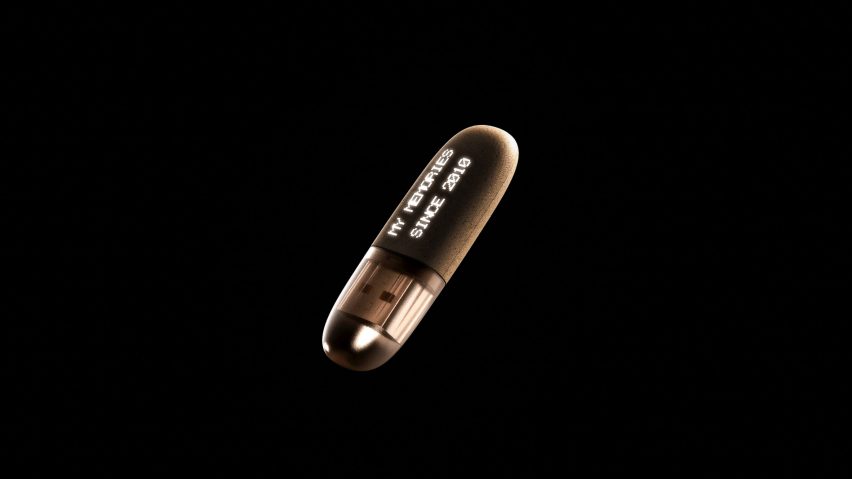
Memory Capsule by Eunsu Lee
Incheon, South Korea
Eunsu Lee proposed a recycling campaign called Memory Capsule, in which discarded smartphones would be repurposed into USB devices that store memories such as images, videos and other data from old phones.
The concept was created in response to Lee's findings that users are reluctant to dispose of old smartphones as they don't want to lose the memories stored within them.
To address this, Lee designed a simple device that serves as a time capsule to preserve memories. Its form is reminiscent of medical capsules, as a playful take on its name.
When the device is in use, an LED text display on the product surface begins to glow, highlighting the year the first data on the discarded smartphone dates back to. The data would be accessed through a retro-inspired design programme to evoke a sense of nostalgia, allowing users to revisit cherished memories at any time.
The packaging of the device would be crafted from recycled pulp, while the metals and plastics used in the USB would be extracted from discarded smartphones. The device's transparent cap would be made from recycled polycarbonate, which would be sourced from discarded fishing nets.
"Memory Capsule not only promotes material circulation but also appeals to users' emotions," Lee said. "It encourages their participation in saving the planet and fosters positive brand and product perceptions."
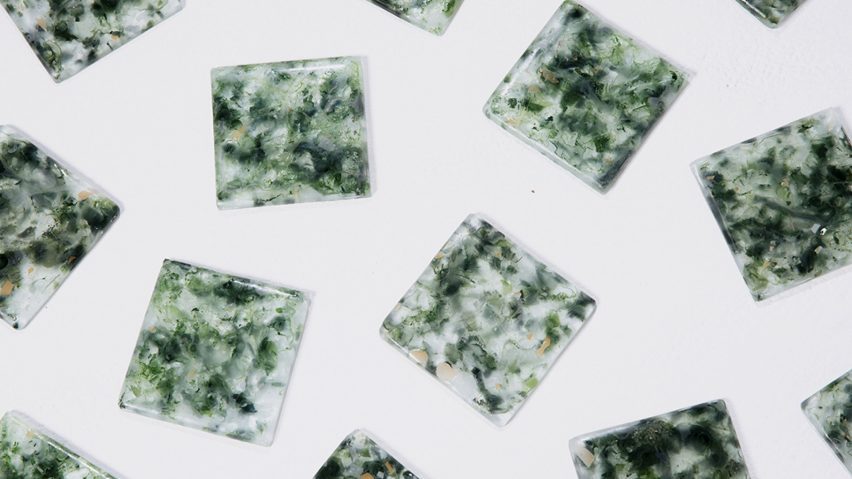
Common Sands Forite by Studio Plastique, Snøhetta and Fornace Brion
Brussels, Belgium
Common Sands Forite is a collection of recycled glass tiles made from glass components found in discarded ovens and microwave ovens. The tiles were designed by Norwegian studio Snøhetta, Belgian designers Studio Plastique and Italian manufacturer Fornace Brioni.
The tiles were designed to address the growing volumes of electronic waste and silicate scarcity. The collection aims to leverage the unique properties, composition and colour of e-waste glass, which currently is more difficult to recycle, despite glass being a highly recyclable material.
Transforming sand into items such as microchips, solar cells, aerogel, insulation and more requires a rigorous process of extracting, refining and processing, but little is done to recycle those materials when they reach the end of their lifecycle.
To counter this, the designers propose repurposing these overlooked and under-recycled components into a series of architectural glass tiles. The Forite tiles are partially translucent, which makes them suitable for dividers for interior spaces and semi-transparent exterior walls.
"The project showcases that a circular approach to our material world can be designed without compromising on aesthetic, qualitative and human values," the designers said.
"With the aim of creating sustainable, smart and refined architectural products, the project creates new value for an abundant yet unexploited group of materials."
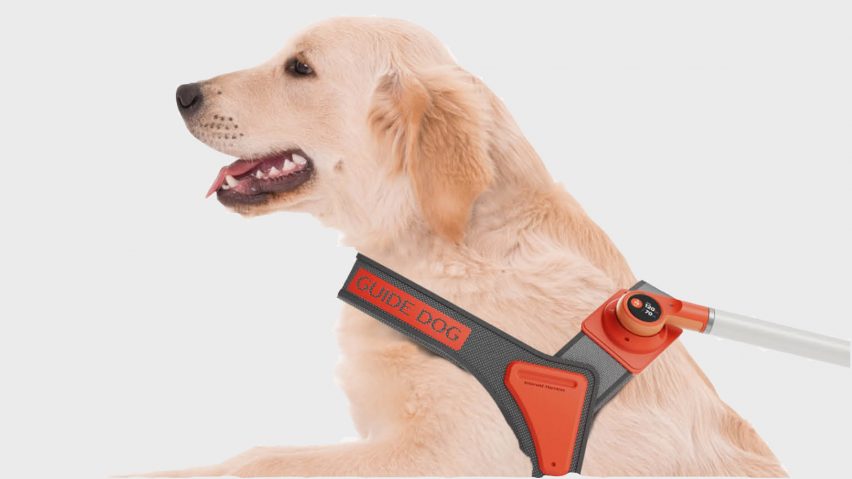
Intersist Harness by Sohee Chung, Dong Sun Shin and Seung Hwan Ra
Seoul, South Korea
Sohee Chung, Dong Sun Shin and Seung Hwan Ra proposed repurposing Samsung Galaxy watches to create Intersist Harness, a smart harness for guide dogs to provide visually impaired individuals with a method of caring for their companion.
Intersist Harness would utilise the bioactive sensors found in Galaxy watches to track the dog's health and notify the owner if any health issues arise that require attention. The semiconductors would be collected through a Samsung recycling programme, which negates additional costs in manufacturing.
From a young age, each guide puppy would be given a small training harness that records their biorhythm throughout their education and growth. The data would be sent to a trainer to analyse the dog's characteristics, walking pace and physical health. The accumulated data later would become the criterion for which patient the dog is assigned to.
The role the device plays in matching guide dogs to patients would enhance compatibility between the two companions from the very beginning. Many smart devices for the visually impaired focus on a technological approach, however, Intersist Harness aims to shift the focus to strengthen the relationship between the owner and the guide dog.
"The existence of a smart device makes continuous care possible and it resolves the linguistic barrier the guide dog had through more straightforward interaction," the designers said.
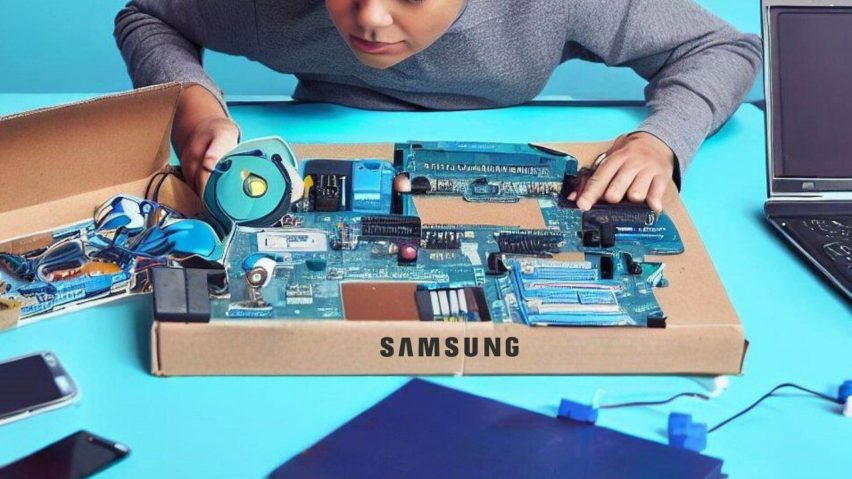
Samsung Innovate & Learn Kit by Raman Rathour
Sahibzada Ajit Singh Nagar, India
Raman Rathour proposed an educational kit that introduces students to electronics, coding and technology through repurposing components from old Samsung devices.
The concept aims to divert electronic waste from landfills and contribute to a circular economy, where valuable resources are reused to ignite curiosity and foster imagination amongst students.
The kits would include essential components such as circuit boards, sensors and LEDs that enable students to build and experiment. This would provide them with a hands-on learning experience and enables them to gain a better understanding of technology and engineering principles.
Along with the kits, interactive learning materials would guide students through coding tutorials to aid them in developing critical thinking, problem-solving and programming skills.
"Samsung's philosophy of innovation and commitment to sustainability is beautifully reflected in this initiative," Rathour said. "It not only repurposes old devices, but also fosters a new generation of creators and problem solvers."
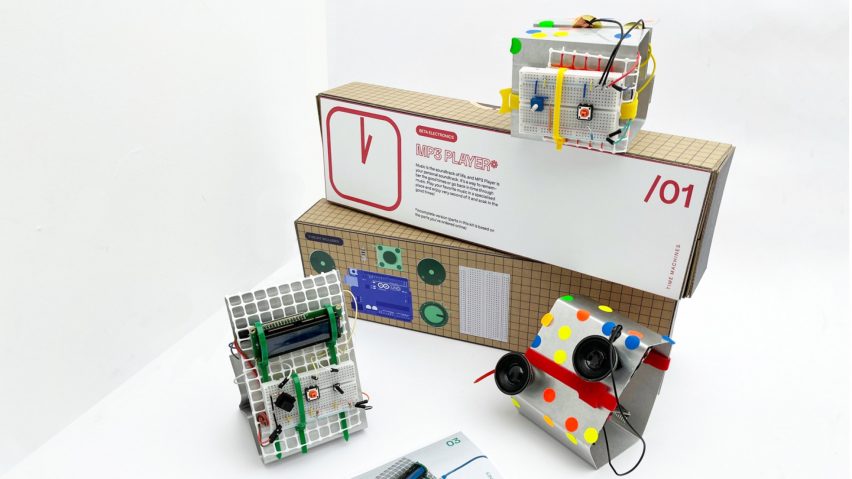
Beta Electronics by Kristina Betha Suwarso
London, UK
Another educational kit shortlisted is Beta Electronics, created by Kristina Betha Suwarso. The kit was designed to give consumer electronics a second life to "sustainably decolonise and democratise consumer electronics".
Users could donate old Samsung devices to be salvaged for parts, which would then be transformed into new objects that encourage education around consumer electronics sustainably and affordably.
With a focus on reusing what is already available at hand, the Beta Electronics kit aims to encourage users to scan their own salvaged finds with an AI scanner that makes recommendations on how to give the objects a second life.
Each kit would provide users detailed guidelines of how to create everyday objects, such as MP3 players or weather machines to be hung out of windows to help users decide the most weather-appropriate outfit for the day.
"A beta version is a pre-release of software or a product that gathers feedback and improves before the official release," Suwarso said. "Similarly, my design solutions are a work in progress, embracing continuous iteration as humans and technology evolve."
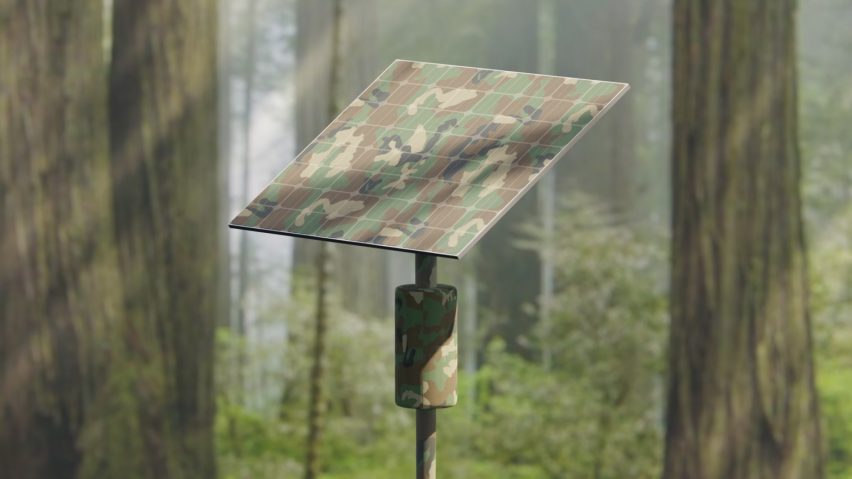
Solar Lookout by Abi Lambert, Cade Thurlby, Karl Wagner and Tyler Boshard
Atlanta, Georgia, USA
The Solar Lookout is a wildfire detection system composed of recycled Samsung smartphones and powered by renewable energy and AI, intended to reduce the time elapsed between the beginning of the fire and when it is detected.
According to the designers, wildfire-detection technology is in its nascent stages, with human reporting being the most common way that wildfires are detected. Some detection systems utilise real-time satellite imagery, but are often difficult to gain access to, particularly in wildfire-prone regions such as Brazil, Indonesia, South Africa and Australia.
The Solar Lookout devices would be situated in wildfire-prone zones and sit 10 feet above ground. At this height, the repurposed Samsung smartphone cameras would detect abnormalities such as fires or smoke in the landscape that it would be trained to detect using AI.
The devices would operate and communicate via a mesh network and be able to report data such as weather patterns and air quality.
Each device would be fitted with a 50-watt solar panel at the top of the pole to generate power while simultaneously providing shade to prevent the device from overheating. To mitigate challenging lighting conditions, the devices would hold space for a Samsung power bank to accommodate overnight usage.
"By creating effective and easily adaptable early detection and warning systems we can impact populations around the world," the designers said. "Reducing forest fires means reducing people displaced directly because of the fire and reducing carbon spitting back into the atmosphere."
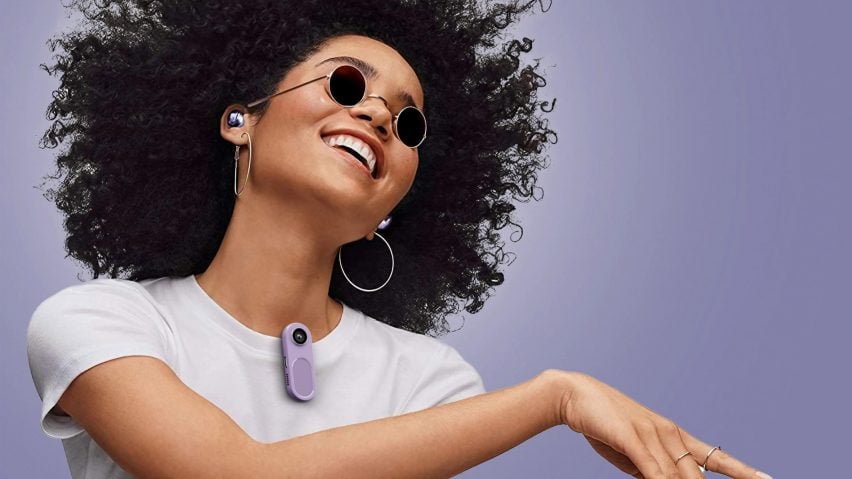
InSight by Merve Nur Sökmen and Ayberk Köle
İzmir, Turkey
Merve Nur Sökmen and Ayberk Köle designed a wearable device to assist the visually impaired by providing AI-powered audio descriptions of their surroundings in real time.
Called InSight, the device would attach to the user's clothing to offer a discreet and hands-free experience. It would be easily connected with smartphones and headphones from which personalised audio descriptions are fed to the user.
The wearable smart device was designed to foster a safer navigation experience for the visually impaired, empowering them with greater confidence, autonomy and access to the world around them.
InSight would be composed of repurposed parts taken from old Samsung smartphones, earbuds and watches. Each device would be equipped with wide-angle cameras, user-friendly touch control via haptic feedback and AI technology to provide an intuitive navigation system.
"InSight's problem-solving approach revolves around user ease, comfort and personalisation, making it a reliable and empowering solution for daily life," the designers said.
"The device aims to revolutionise the lives of visually impaired individuals by promoting independence, mobility and access to information."
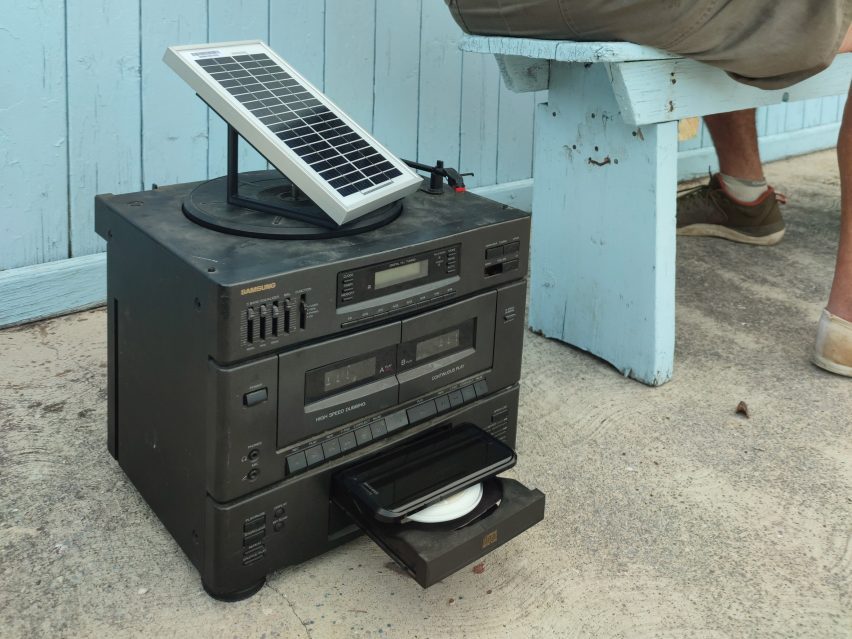
Djuro's Story by Barbara Babic and Zvonimir Medin
Lovran, Croatia
Barbara Babic and Zvonimir Medin's proposal tells the story of an energetic 70-year old named Djuro who lives on a picturesque Croatian island with a dwindling population called Unije.
The story illustrates Djuro's vision of a completely self-sustainable island, which is already making progress through the creation of a photovoltaic solar power plant and battery storage system that would provide supply year-round energy.
Starting at home, Djuro created a solar-powered mobile phone charger made using an old non-working Samsung music system from 1991 found at a local recycling yard. The charger enables Djuro to fish in remote coves off the grid.
The phone charger is composed of an old turntable, which rotates the solar panel to provide optimal angles throughout the day. Djuro makes use of the cassette deck's sliding door to provide dust protection, while the CD tray protects the wireless charger when not in use.
"Djuro's solar charger illuminates a model for the world where renewal lies in reimagining the forgotten treasures of yesterday," the designers said. "The social impact radiates through Unije and beyond."
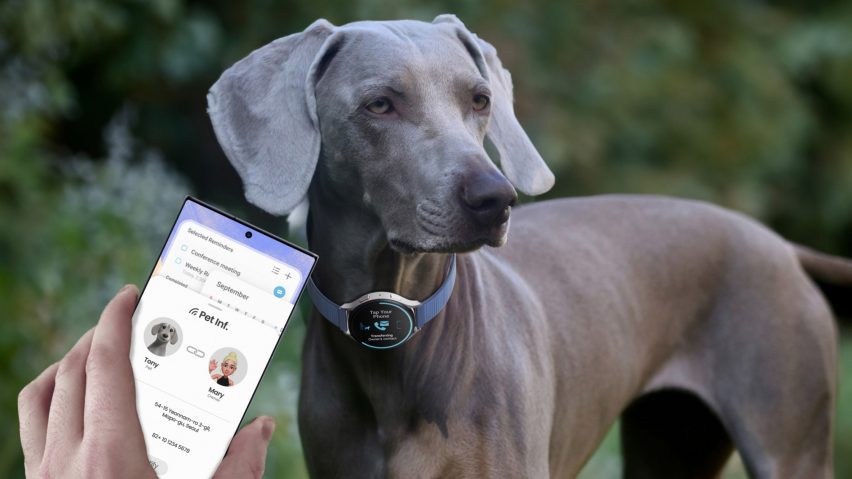
Galaxy Loop by Hayong Kim and Saun Park
Seoul, South Korea
Hayong Kim and Saun Park designed Galaxy Loop, a pet healthcare wearable device made from recycled Galaxy watches.
The device was proposed by the designers in response to their findings that electronic devices are often replaced before their lifespan is over. The Galaxy Loop devices would make use of components such as bioactive sensors from functional but no-longer-needed Galaxy watches.
The sensors would enable pet owners to actively track their pets' health by monitoring their activity, heart rate, body temperature, sleep time and different emotional states. The device can also detect various diseases earlier through analysing the pet's sounds via a microphone.
The devices would be equipped with GPS and NFC tags that enable owners to expeditiously locate them if lost. The Galaxy Loop devices would be water and dust resistant and were designed with durable materials to prevent it from being easily damaged by the pet's everyday activities.
"For ageing pets and caring owners, Galaxy Loop can help pet parents keep their companions healthy," the designers said. "People and their pets can stay healthy together for a longer time while being sustainable for the planet."
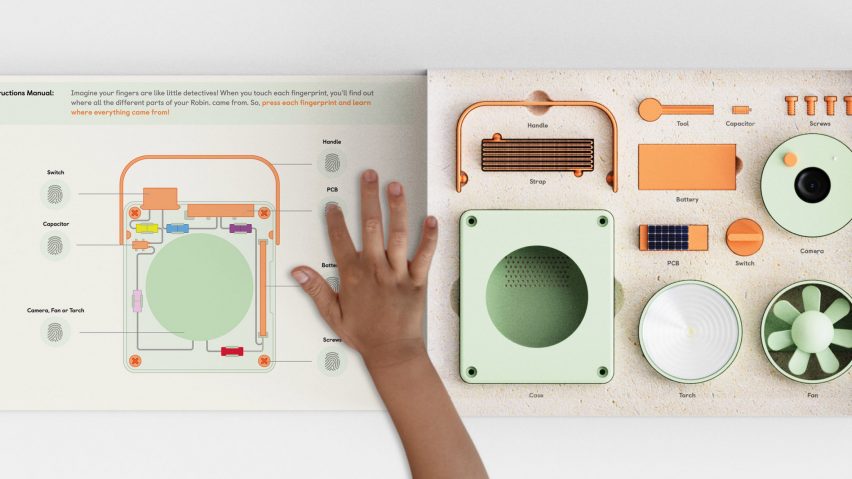
Robin by Landor & Fitch
London, UK
Design studio Landor & Fitch created a modular kit that enables children to build their own products. Called Robin, the adventure accessory was designed to encourage outdoor exploration, educate children about how products are made and instil positive recycling behaviours from a young age.
The device would make use of components from old Samsung devices such as cameras, speakers, LEDs and printed circuit boards that are repurposed into modular parts that can be assembled together to form various products such as a camera, fan and torch.
The kit would includes a child-safe screw tool designed for small hands, which can be used to open and close a panel that conceals five colour-coded wire connectors that can be easily slotted into each other and are interchangeable depending on the device that the user is creating.
The device would features a power consumption dial to illustrate how much power each module uses in a bid to educate children on the power usage of various devices.
"This innovative product brings joy by engaging and educating young children in the wonders of design and engineering, and fosters environmentally conscious mindsets," the designers said.
"Its meaningful impact can challenge the notion that everything must always be brand new."
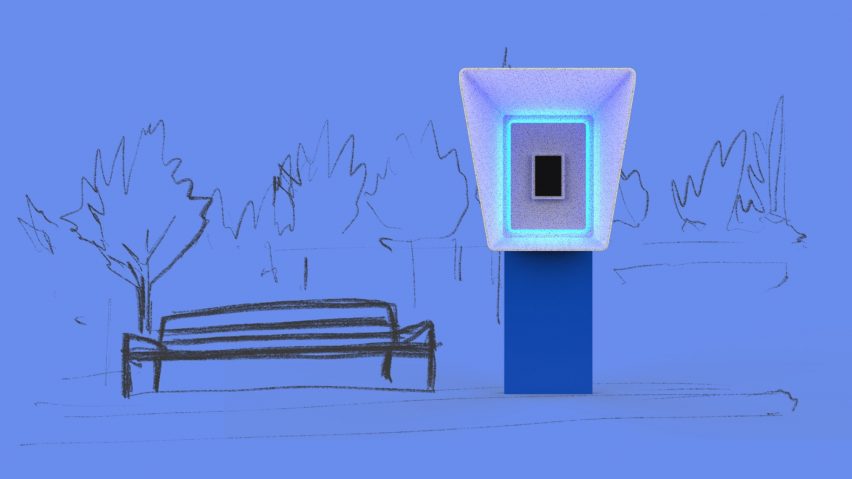
Galaxy Connected by Amowa Design
São José dos Pinhais, Brazil
Riorgior Ranger, Fabiana Westphal and Robert Renoir Ranger of Amowa Design updated a conventional public telephone box into a contemporary phone booth that provides users internet access and to make video and phone calls to anywhere in the world.
Called Galaxy Connected, the concept would see old or unwanted Samsung smartphones and tablets reused in public areas throughout cities and remote locations. This would enable internet access and video calling to those who have limited access or need connection in emergency situations, such as homeless people, those in remote areas or those from lower income backgrounds.
The modular design of the booths means that multiple configurations can be clustered together.
The dome of the booth would be made from rotomolded recycled plastic and the base is made of metal, selected for its highly recyclable quality. Electricity would be generated from a photovoltaic panel.
"Galaxy Connected is a way to connect people with other people around the world," the designers said. "Using old Samsung cell phones and tablets, these people will be able to have video access with family, friends, doctors, teachers and city information."
Partnership content
The Re:Create Design Challenge is a partnership between Dezeen and Samsung. Find out more about Dezeen partnership content here.